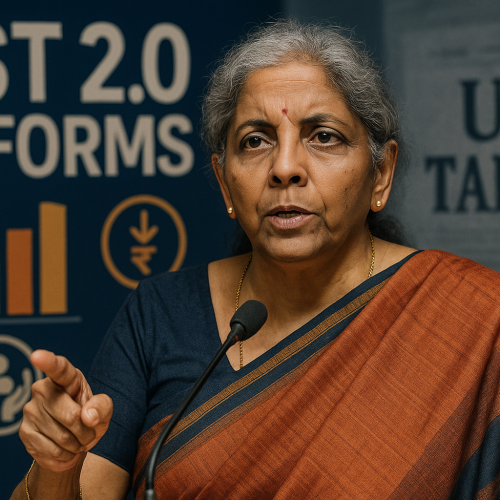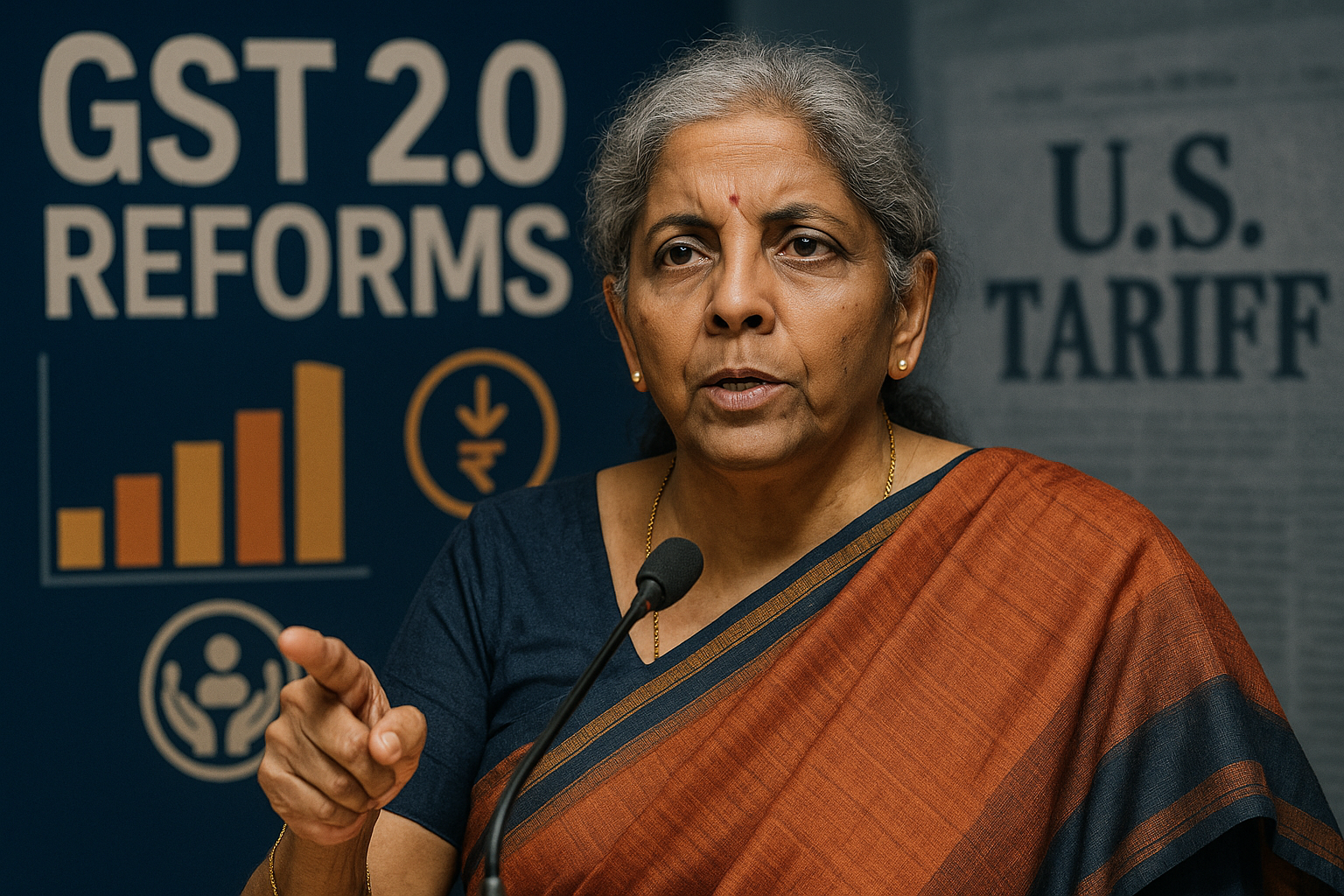With the rollout of GST 2.0, businesses and consumers alike are seeking clarity on how new rates affect everyday expenses and big-ticket items. From large cars and insurance premiums to cigarettes and essentials, the revised structure aims to simplify slabs while addressing revenue needs.
The Finance Ministry has issued a set of FAQs to explain sector-wise changes, providing transparency on what becomes costlier and where relief has been extended.
Core Development
GST 2.0 introduces a two-slab structure along with rationalized cess categories. The FAQs highlight:
Large Cars: Attract cess in addition to the standard slab, keeping them relatively expensive.
Insurance Premiums: Will face a specified GST rate, ending earlier disputes over classification.
Cigarettes: Higher cess will make tobacco products costlier, in line with public health goals.
This is part of the Council’s effort to eliminate ambiguity and ensure consistent implementation across states.
Key Drivers of GST 2.0
Simplification: Moving toward fewer slabs and clearer definitions.
Revenue Neutrality: Ensuring government revenues are protected amid rate rationalization.
Consumer Fairness: Removing long-standing classification disputes (e.g., food vs. processed items).
Stakeholder Impact
Consumers: Will see higher costs on items like large vehicles and cigarettes but greater clarity on essentials and services.
Insurers & Policyholders: Insurance premiums are clearly defined for taxation, improving transparency.
Automobile Sector: Luxury car demand may be tempered by continued cess imposition.
Industry & Policy Reactions
Experts believe GST 2.0 is a step toward simplification, but warn that higher cesses on sin goods and premium items could create affordability challenges. Insurers have welcomed clarity on premiums, noting it reduces compliance disputes.
Challenges Ahead
Compliance Transition: Businesses must reconfigure billing and IT systems quickly.
Price Monitoring: Ensuring businesses pass on benefits of lower slabs where applicable.
Revenue Balance: Government must ensure rationalization doesn’t widen fiscal gaps.
Strategic Outlook
The FAQs on GST 2.0 are designed to improve communication and compliance. Over time, the reforms aim to make GST simpler, predictable, and revenue-efficient, reducing litigation and building taxpayer trust.
Why This Matters
GST 2.0 is not just a rate reform — it redefines tax certainty for consumers and businesses. Clear communication on slabs for cars, insurance, and cigarettes reflects a system becoming more transparent, structured, and forward-looking.












